|
FALLER AMS - HO SLOTCAR BODIES - Stephen Cook - NEW
ZEALAND
The images and text describe a simple repair method to
repair broken body mounting posts.
BMW 2000CS
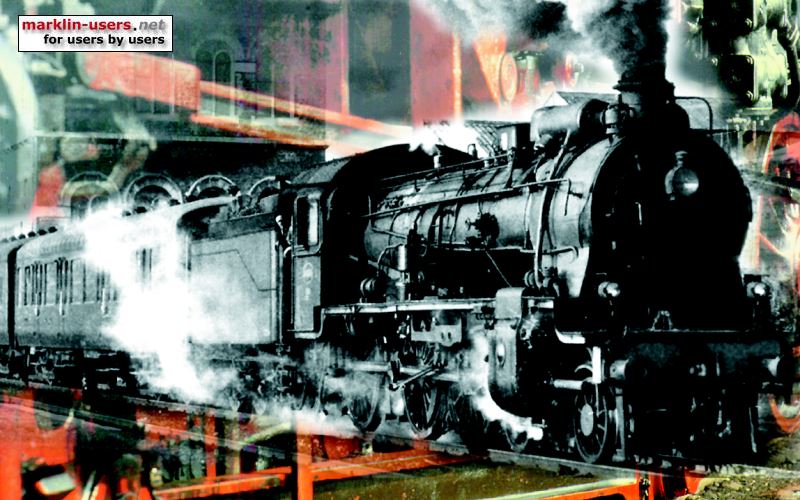 |
The first signs of problems are small cracks
appearing on the mounting posts. This can be caused by old
age, and also from over-tightening of the chassis screws or using
the incorrect type of screw. This is a BMW 2000 front
post. |
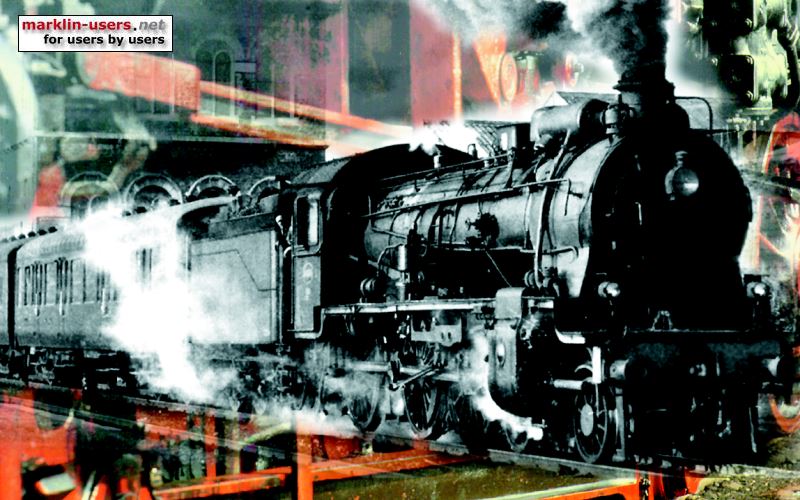 |
Faller had a small part (#4800/9) that helps
correct this problem - a brass cap designed to fit over the mounting
post. I have found no reference about when this cap was first
made available, and have not found it listed anywhere as a seperate
spare part in the catalogues or technical bulletins.
The cap appears to provide good support, but the
caps are a slightly loose fit and the post may still break even with
the cap in place. |
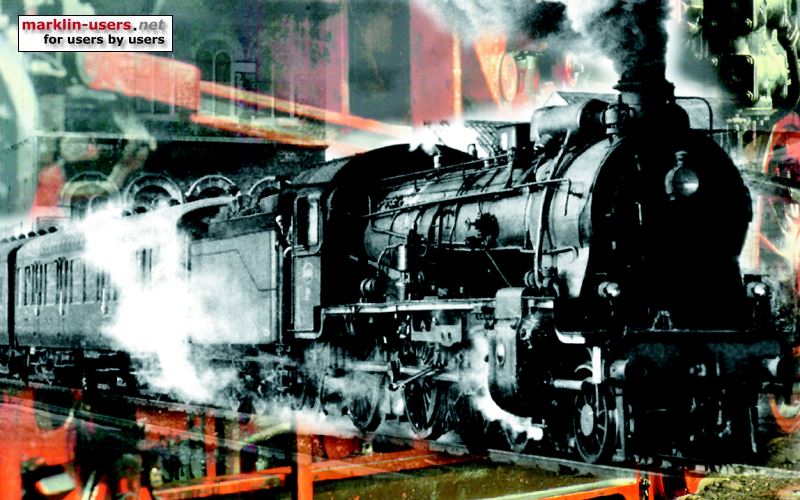 |
The front post on this Mercedes Benz 230SL has
become very brittle at the end. It has also become shorter and
any attempt to mount a body will result in the body sitting too low
on the chassis and probably even more damage to the
post. |
| In this example (Mercedes 190SL) we have a
near-good front post and an almost-destroyed rear one on the same
car. The rear post is actually melted over and is less than
half its normal length. This car was part of a virtually
complete 1964 set, still with the original autos. It is this
190SL that started me thinking about a repair method in the first
place. |
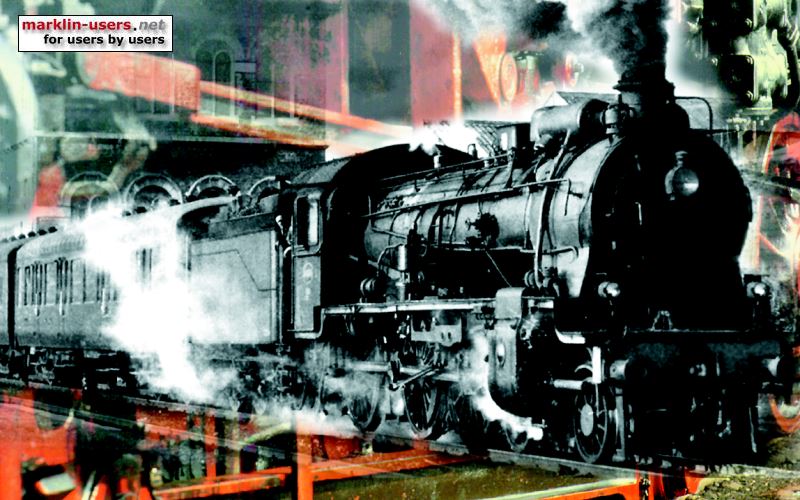 |
My repair method uses 3.2mm Heat-Shrink tubing as used in
the electronics industry. You should be able to find it in a variety
of colours and sizes from many electronic supply stores. You will
also need a soldering iron with a very fine tip, preferably a
temparature-controlled iron otherwise about a 25-Watt should be
okay.
3.2mm Heat-Shrink tubing, usually purchased in 0.5 or 1
mtr lengths - (it should not be expensive).
Soldering Iron
Hot-Glue gun
Very fine drill bit (1.0 mm should be okay)
MERCEDES 230SL (4851)
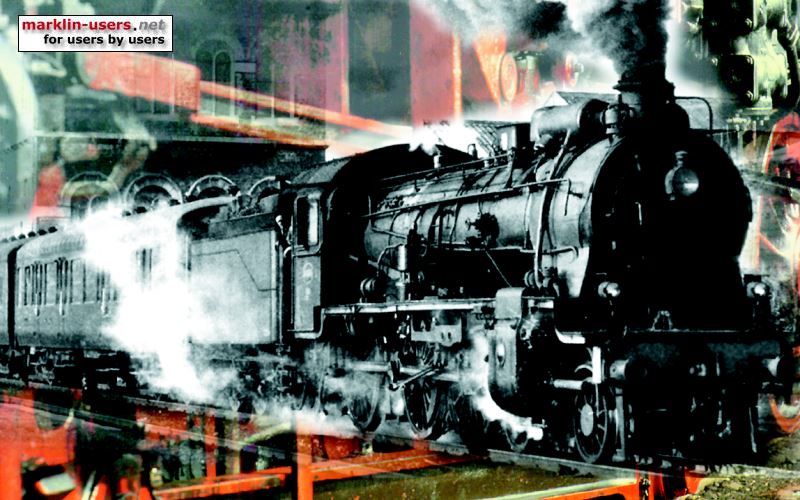 |
| For my first practice attempt, I used a very tired
spare body as shown above. The mounting posts on this Mercedes
230SL were broken at both ends. |
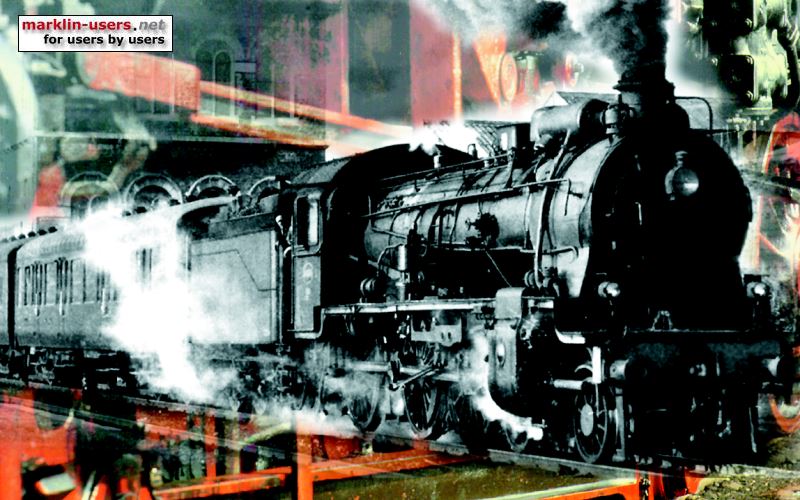 |
| If the post is still in one piece, all that may be
required is a small length of heat-shrink slipped over the damaged
post. I have found that it is easier to cut the tubing to the
correct length before heating to secure it into
place. |
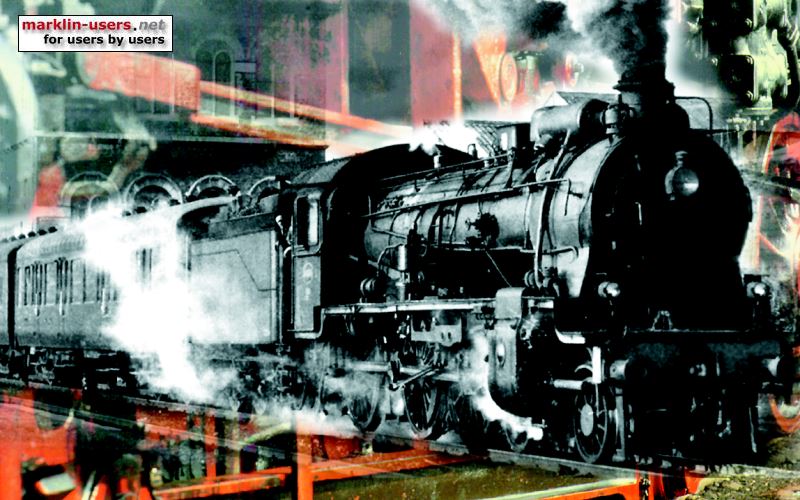 |
| Once the tubing is in place, gently heat the
tubing with either the tip of the hot glue gun or the tip of the
soldering iron so that it shrinks and forms a snug fit around the
post. You will need to work your way around the post to ensure
full shrinkage. Once the heat-shrink is firm, carefully inject
a small amount of hot-glue into the tubing, and while it is still
hot, use the drill bit to create a new hole for the screw. This
image shows the end result after using the drill bit to form the
hole. The glue generally remains quite soft for a time so
mount it onto a chassis straight away to get the mounting screw
thread pattern set into the soft glue. You will be able to carefully
unscrew once the glue has set. |
Beware - you will need a steady hand when heating
the tubing. It is easy to damage the body with even moderate
heat. I strongly suggest you practice this technique on a scrap body
first to get a feel for it. The glue gun is not usually quite so hot
and you may find this easier to use although a little
slower.
If the post is already broken, but you still have all the
pieces, then you should be able to get it back together before slipping
the tubing over. Or, depending on the shape of the broken pieces,
you may find it easier to slip them in with tweezers once the
shrink-tubing is in place.
If any of the broken post pieces are missing, filling the
tube with hot glue will provide a firm anchor for the screws, and they can
still be removed for servicing.
The next example is a FORD 17M, and as you can see the
rear post has a section completely broken away. This body was from
the same set as the 190SL - I was on a mission!
FORD 17M (4804)
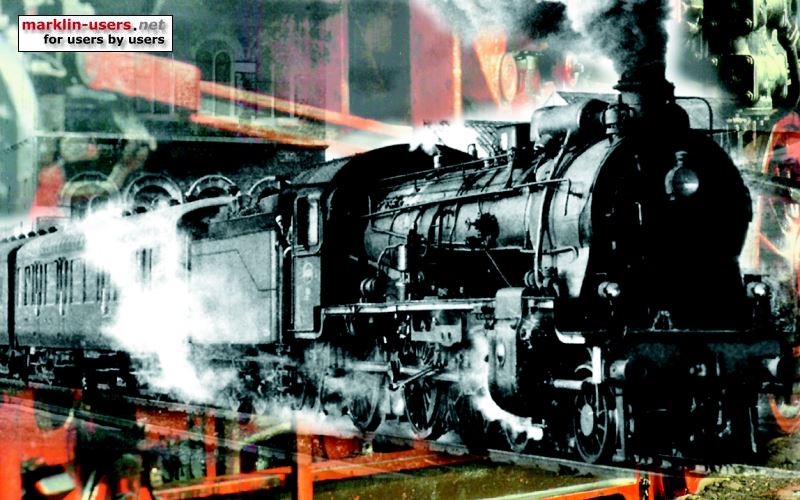 |
Here you can clearly see the problem. There
is one section completely broken off and the post is about to
fracture further - I was very relieved that most of the fragments
were still together although a small portion was
missing. |
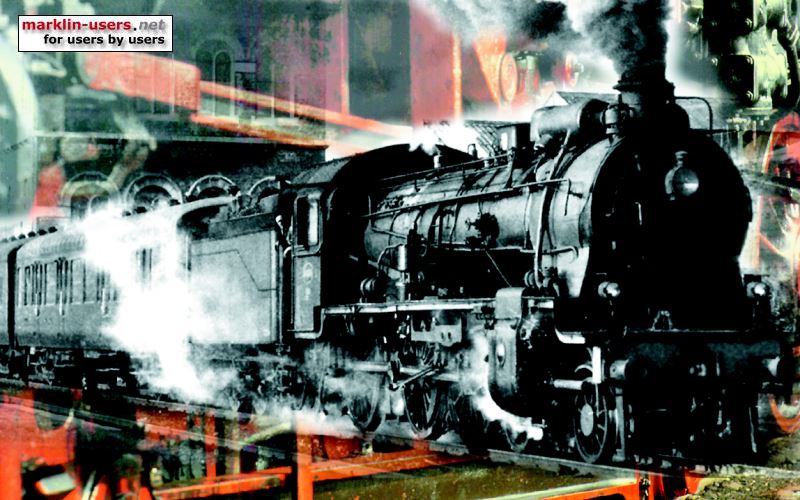 |
Same view after the repair has been carried out -
you can see the small portion that is still missing but there is
sufficient for the screw to grip and the body looks great on the
chassis. |
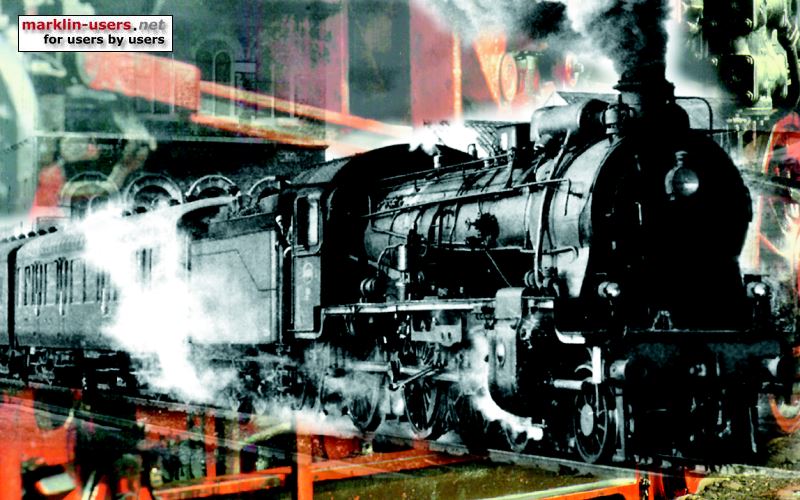 |
| This is the entitre Ford 17M body - the front post
was cracked but not broken. Fitted with a sleeve it should
remain intact and survive normal
handling. |
MERCEDES BENZ 190SL (4821)
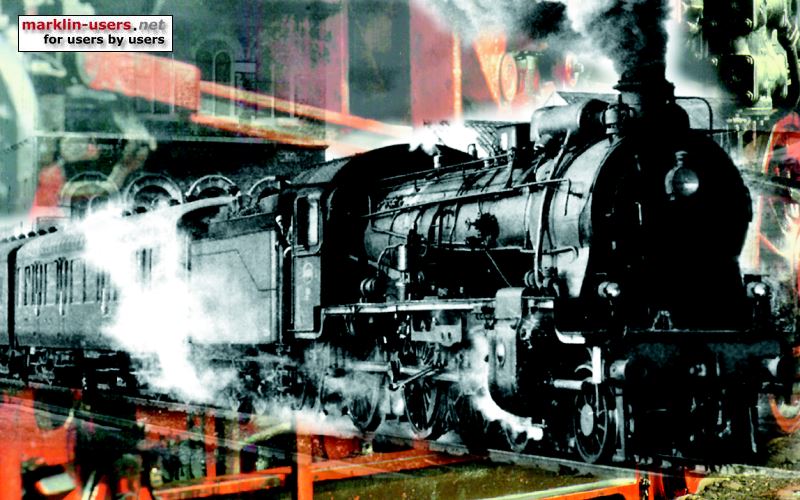 |
Back to our 190SL - here you can see the post is
quite badly damaged. At first I believed it was beyond repair
- infact it took just a few
minutes.... |
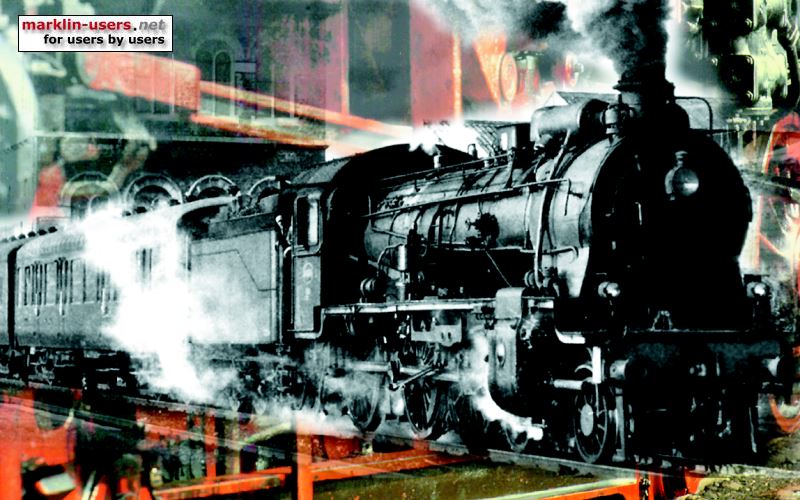 |
... by using the good front post as a guide I cut
the sleeve to the correct length, slipped it over and heated to
secure, then recreated the screw hole. It's not the prettiest
sight but on the track it's awesome!! Who would
know. |
MERCEDES 300SE Coupe (4858)
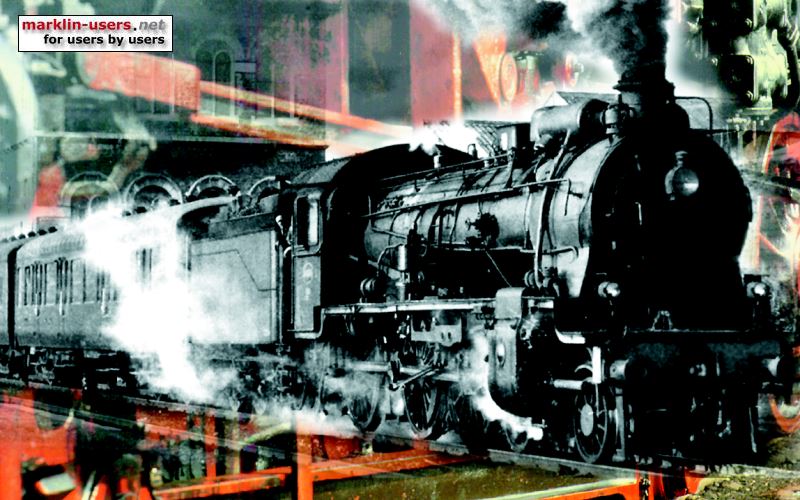 |
| This body was very similar to the Mercedes above -
1 good post with a small crack, but the front post has a chunk
missing. |
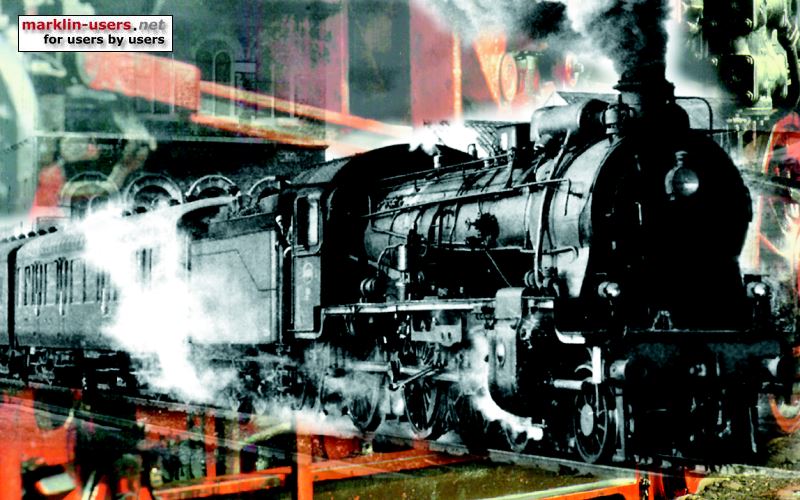 |
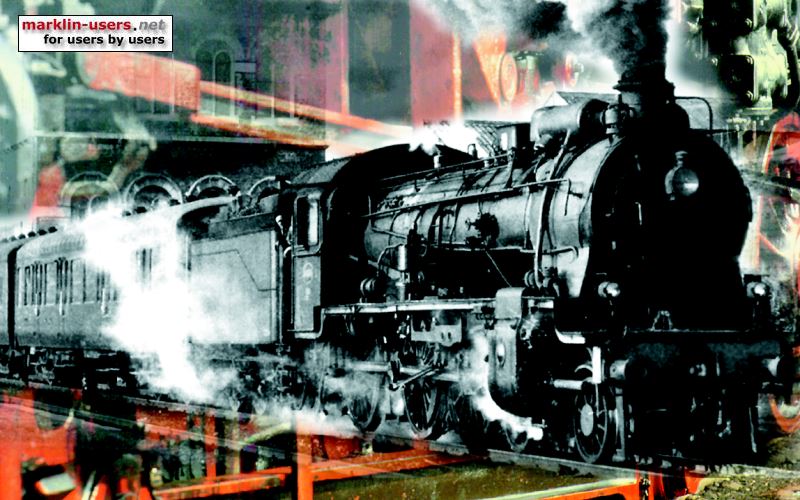 |
| The damage is quite noticeable here... |
...but the hot glue deals with the
gaps. |
VW BEETLE (4803)
 |
| This one is still on the drawing board. The
rear post was in 3 pieces but just salvageable. The front post
has broken off completely taking a portion of the hood with
it!! This body also has damage to both bumpers so is purely a
challange to see what I can do. It's a pity it was not better
looked after, these Type-1 Beetles are very rare and fetch high
prices. It may be possible to fashion a repair to the front by
using resin?.... |
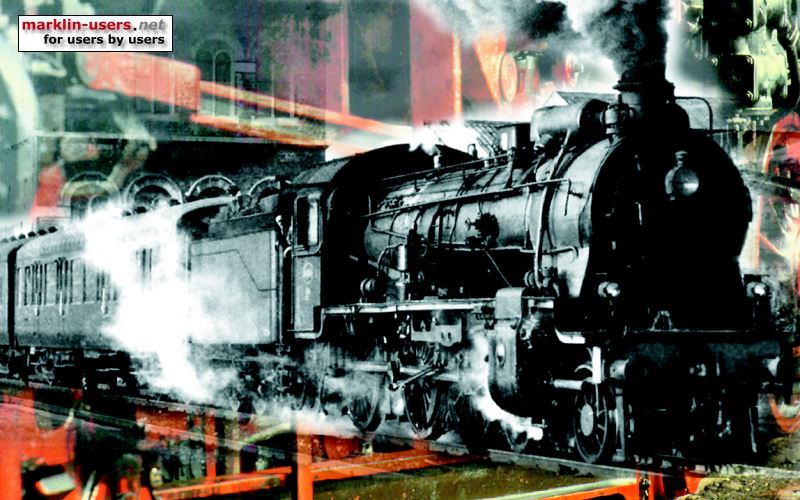 |
... on the other hand, I could be really sick and
model it into an accident scene perhaps with a "jaywalker" laying
across the hole??
Suggestions welcome. |
I hope these images have been helpful to you, if you have
any damaged body mounting posts, give it a go. You might just
breathe new life into an old favourite or make something useful out of the
junk pile. If you have found this helpful, or have any tips of your own to
share, please let me know - sometimes I feel I'm the only one still
interested in Faller AMS
The images shown here were created using a Canon Flatbed
scanner. I have a digital camera, but one day while experimenting I
scanned some small parts and was very pleased with the results. Some
newer scanners handle 3-D images very well - give it a try. Small
parts are very good to scan as you can really grunt up the resolution and
get incredible detail with no camera jitters, no worries about angles,
lighting etc.
Steve Cook's
Faller AMS Information Pages
|
















